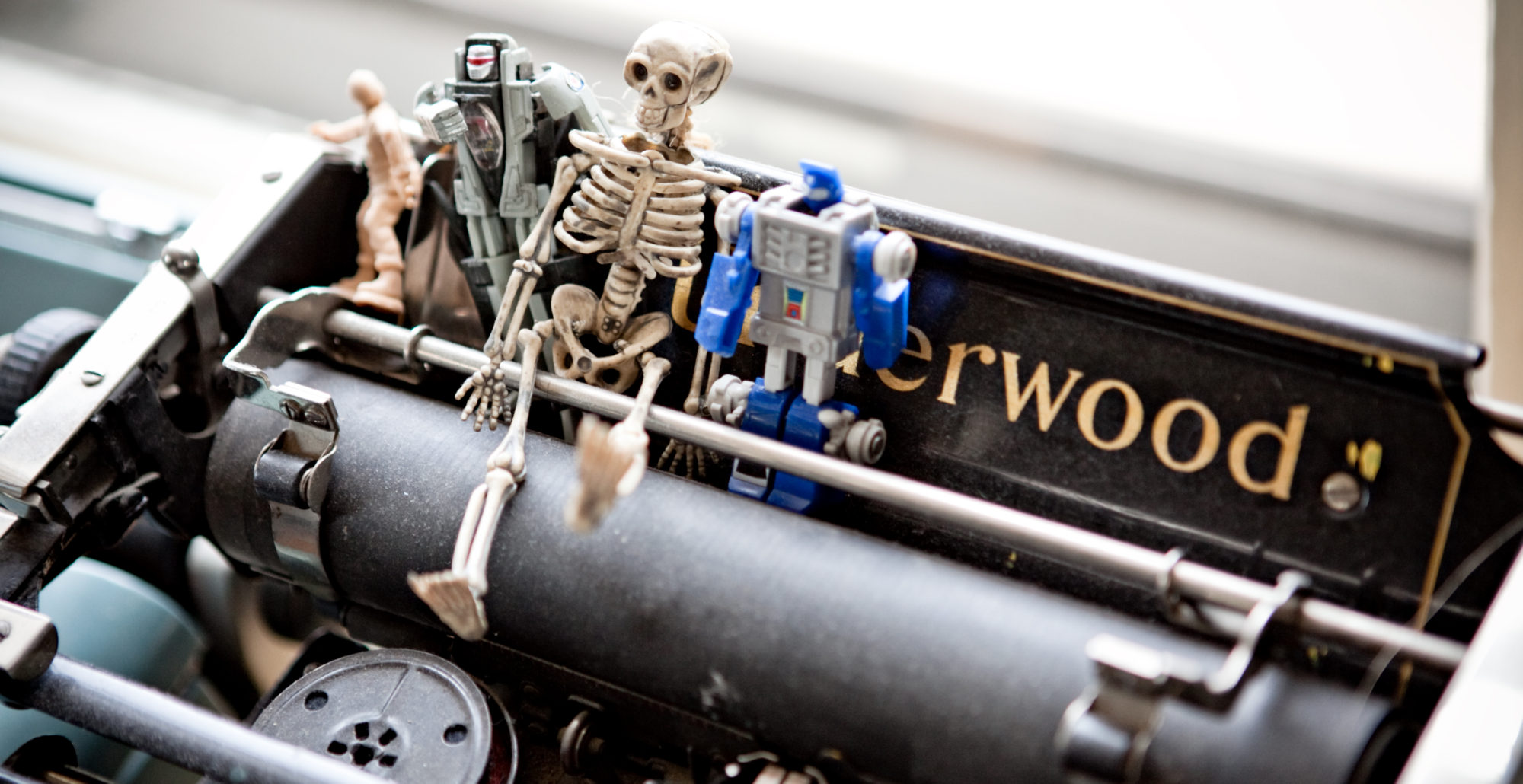Growing up, I had a thing for Peter Parker. Not Spiderman, believe it or not; I thought the sweet, bumbling, ultra-smart high schooler was just my type, not the latex-wearing crime fighter. Anyone mocked for being a nerd and a bookworm was…well, someone who reminded me of me to be honest. And basically, my crush on Peter Parker is, in large part, what prompted me to begin working in comics again.
While still working as an agent and editorial director at Baker’s Mark, my fabulous business partner at the time, Bernadette Baker-Baughman, and I bonded over our adolescent love for superheroes and Archie. After realizing our mutual geekdom and taking in the sights and talents at the Stumptown Comics Fest in 2005, we couldn’t resist delving into the category (seriously, folks it’s NOT a genre) with great enthusiasm. And by some serendipitous events, we began working with some of the most talented creators in comics today (Farel Dalrymple, Sonny Liew, Paul Guinan & Anina Bennett, Faith Erin Hicks, and the list goes on and on…).
 Something that became apparent right away was that we needed to learn a whole new language to work in the business of comics. Editing, production process and timeline, necessary materials to sell the project, even the business model was different from traditional publishing, even when the project sold to a traditional publishing house—that is, as opposed to a strictly graphic novel and comics publisher, such as the amazing Oni Press and the largest independent, also located here in Portland, Dark Horse. Learning how to work in this category required not just a knowledge of some of the history of comics—which luckily we knew some of and learned right away by representing the talented Chris Ryall and Scott Tipton’s Comic Books 101—but we found that the interplay between text and art is also of the utmost importance, so suddenly text to panel ratio, action per page, and art that is truly necessary to the story all became important.
Something that became apparent right away was that we needed to learn a whole new language to work in the business of comics. Editing, production process and timeline, necessary materials to sell the project, even the business model was different from traditional publishing, even when the project sold to a traditional publishing house—that is, as opposed to a strictly graphic novel and comics publisher, such as the amazing Oni Press and the largest independent, also located here in Portland, Dark Horse. Learning how to work in this category required not just a knowledge of some of the history of comics—which luckily we knew some of and learned right away by representing the talented Chris Ryall and Scott Tipton’s Comic Books 101—but we found that the interplay between text and art is also of the utmost importance, so suddenly text to panel ratio, action per page, and art that is truly necessary to the story all became important.
I was told early on that comics shouldn’t be another way to tell a story that could be told in prose or film; it should be the only way to tell that story. That isn’t to say we can’t adapt graphic novels to movies and prose to graphics, but it is important that the art and text work together to achieve the desired effect; they can’t simply be a complement to the other. To this end, I schooled myself in pacing, art, and even studying the stories that could/should be told with art. Working in comics should be a passionate endeavor, just like writing should be. No one should write a comic because they are popular or because they think it would be more marketable. Comics need to be the way you can see you story being told.
Having worked on graphic novel proposals, obsessively picking through scripts and art pacing, and even proofreading some crazy, rated R kind of manga, I can say that there are limitations to the format as well as benefits, and you need to know what all of these are before you can truly utilize it for your story. Whether a wordsmith, an artist, an essayist, or any kind of creator, know your work, your demographic, and your limitations, and don’t be afraid to reach beyond your comfort zone to find them. And hey, that’s why we’re here too.
~Gretchen
*For a list of graphic novels I worked on while at Baker’s Mark or as a freelance editor, email info@ and request a list.
